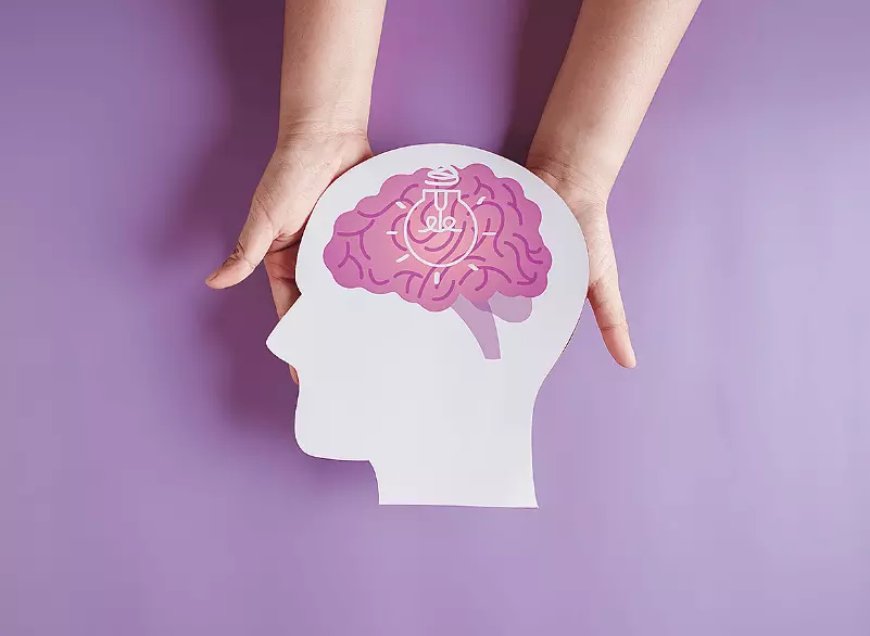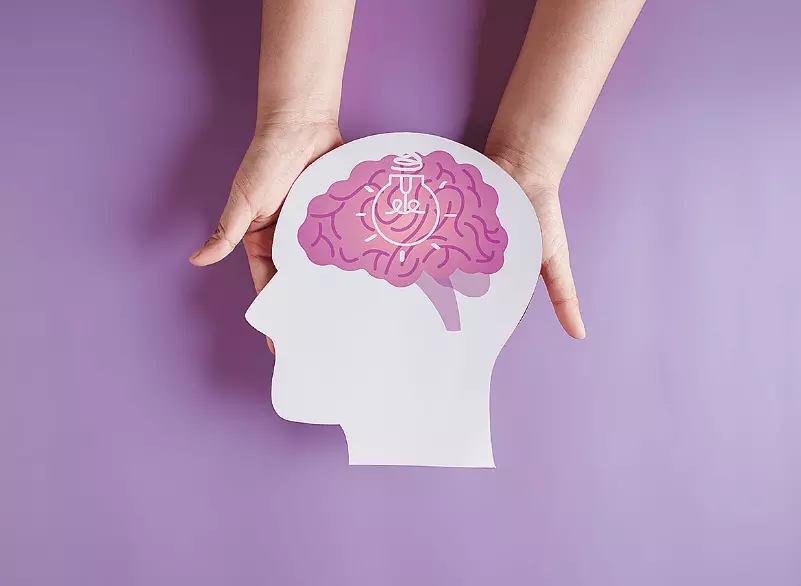Understanding Epilepsy: Causes, Risks, Symptoms & Treatment
Dr Sita Jayalakshmi explains epilepsy, its causes, triggers, and treatment options


Epilepsy is a neurological disorder where nerve cell activity in the brain becomes disrupted, causing seizures, unusual behavior, sensations, and sometimes loss of consciousness. It is a treatable brain disease that can develop at any age but is most commonly diagnosed before 20 and after 60.

Dr. Sita Jayalakshmi
Consultant Sr. Neurologist and Epilepsy Specialist
KIMS Hospitals, Secunderabad
A single seizure doesn’t indicate epilepsy; at least two unprovoked seizures are required for a diagnosis. Even mild seizures may need treatment, as they can be dangerous during activities like driving or swimming. Medications or surgery can control seizures in about 80% of cases. Some children with epilepsy may outgrow the condition with age.
Causes of Epilepsy
The major causes of epilepsy include:
- 1. Perinatal brain injury
- 2. Infections
- 3. Traumatic brain injury
- 4. Stroke
These conditions are often preventable. However, in about 30% of cases, epilepsy has no identifiable cause. Other possible causes include genetic influence, brain tumors, and developmental brain disorders.
Risk Factors for Epilepsy
Certain factors may increase the risk of epilepsy:
- 1. Age: Most common in early childhood and after 60, but can occur at any age.
- 2. Family History: A family history of epilepsy may increase the risk.
- 3. Head Injuries: Wearing seat belts and helmets can help prevent epilepsy caused by head injuries.
- 4. Stroke and Vascular Diseases: Healthy lifestyle choices like avoiding alcohol, quitting smoking, and exercising regularly can help reduce risk.
- 5. Seizures in Childhood: High fever-related seizures in children rarely lead to epilepsy, but the risk is higher with prolonged seizures or a family history.
- Epilepsy Triggers
Seizures can be triggered by:
- 1. Flickering lights
- 2. Lack of sleep or tiredness
- 3. Stress and excitement
- 4. Missed meals
- 5. High temperatures
- 6. Menstrual periods
- 7. Missed or late medication
- Symptoms of Epilepsy
Seizures may present as:
- 1. Temporary confusion
- 2. Staring spells
- 3. Uncontrollable jerking of arms and legs
- 4. Loss of consciousness or awareness
- 5. Psychic symptoms
- When to See a Doctor
Seek immediate medical attention if:
- 1. A seizure lasts more than 5 minutes.
- 2. The person does not regain consciousness or breathing after the seizure.
- 3. A second seizure follows immediately.
- 4. The person has a high fever, is pregnant, or gets injured during the seizure.
- 5. A seizure occurs for the first time.
- Problems Associated with Epilepsy
Seizures can lead to dangerous situations such as:
- 1. Falling: Risk of head injuries or fractures.
- 2. Drowning: Higher risk while swimming or bathing.
- 3. Car Accidents: Dangerous if seizures cause loss of awareness or control.
- 4. Emotional Health Issues: Higher risk of depression, anxiety, and, in severe cases, suicidal tendencies.
- Diagnosing Epilepsy
Epilepsy is diagnosed through:
- 1. Description of the event
- 2. Home video recordings of seizures
- 3. Tests like EEG and MRI scans
- Epilepsy and Pregnancy
Seizures during pregnancy can be dangerous for both mother and baby. Some anti-seizure medications may increase the risk of birth defects. Women with epilepsy should plan pregnancy with their doctor’s guidance to ensure a safe pregnancy and childbirth.
Do’s and Don’ts During a Seizure
Do’s:
✔ Stay calm
✔ Move the person if they are in danger
✔ Protect their head
✔ Loosen tight clothing and remove glasses
✔ After the seizure, help with breathing by placing them in the recovery position
✔ Stay with the person until full recovery
✔ Reassure and re-orient them
Don’ts:
✖ Do not panic
✖ Do not insert objects (e.g., spoons) into the mouth
✖ Do not restrain convulsive movements (it may cause fractures)
✖ Do not give food or liquids until they regain full consciousness
✖ Do not crowd around the person
✖ Do not physically hold the person, as it may cause injury
Epilepsy Treatment Options
Most people with epilepsy can become seizure-free with anti-seizure medication. Others may need a combination of medications. Over time, more than half of those with controlled epilepsy may stop medications after being seizure-free for 2+ years.
To Ensure Best Seizure Control:
- 1. Take medications exactly as prescribed.
- 2. Do not stop medications without consulting a doctor.
- 3. Inform your doctor immediately about mood changes, depression, or suicidal thoughts.
- Surgical Treatment for Epilepsy
Surgery may help 30% of people whose seizures are not well-controlled with medication. Epilepsy surgery involves removing the abnormal part of the brain while preserving normal brain function.
Vagus Nerve Stimulation (VNS):
A newer treatment where a small generator is implanted under the skin below the left collarbone to help reduce seizure frequency and severity.






































